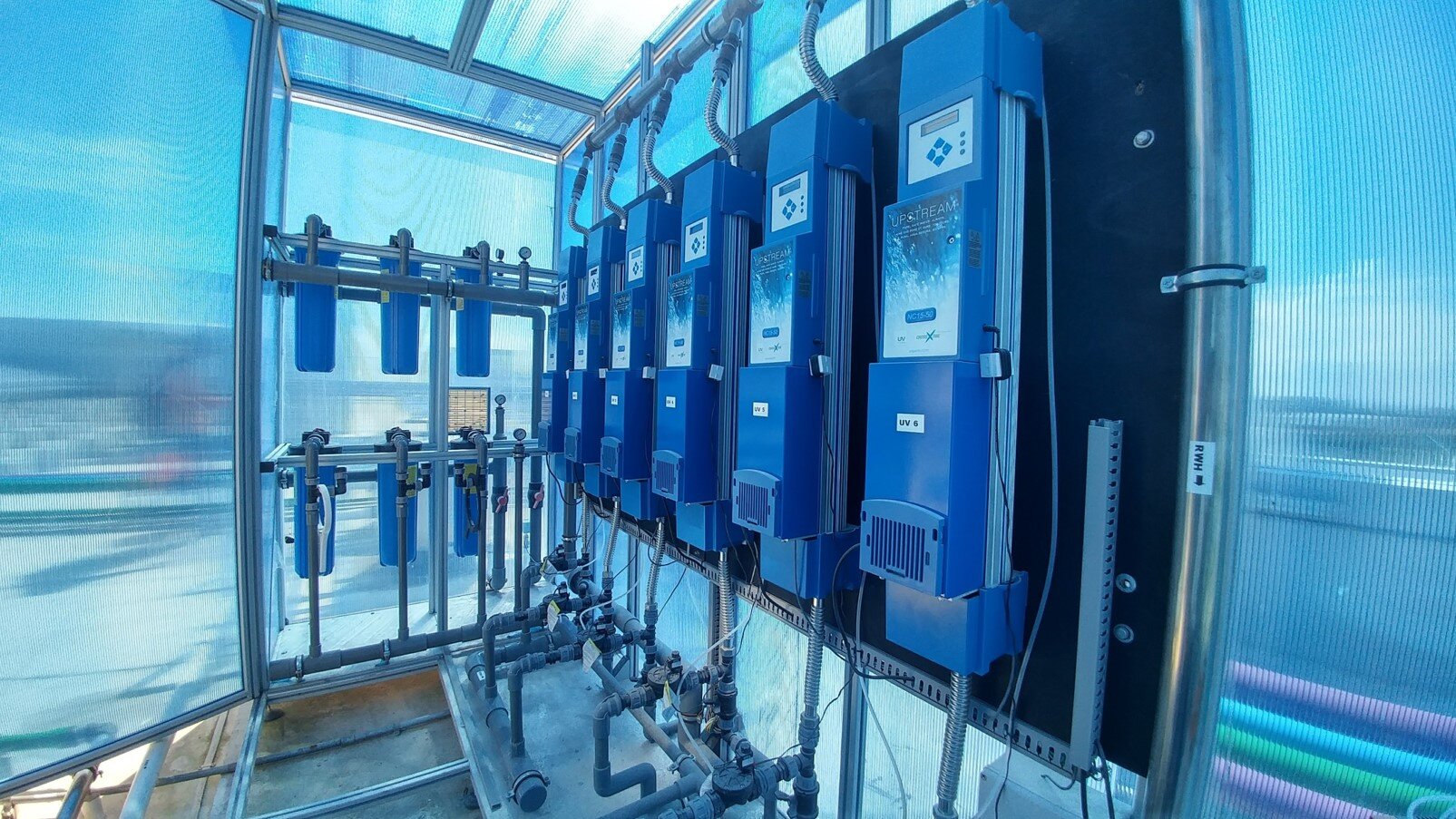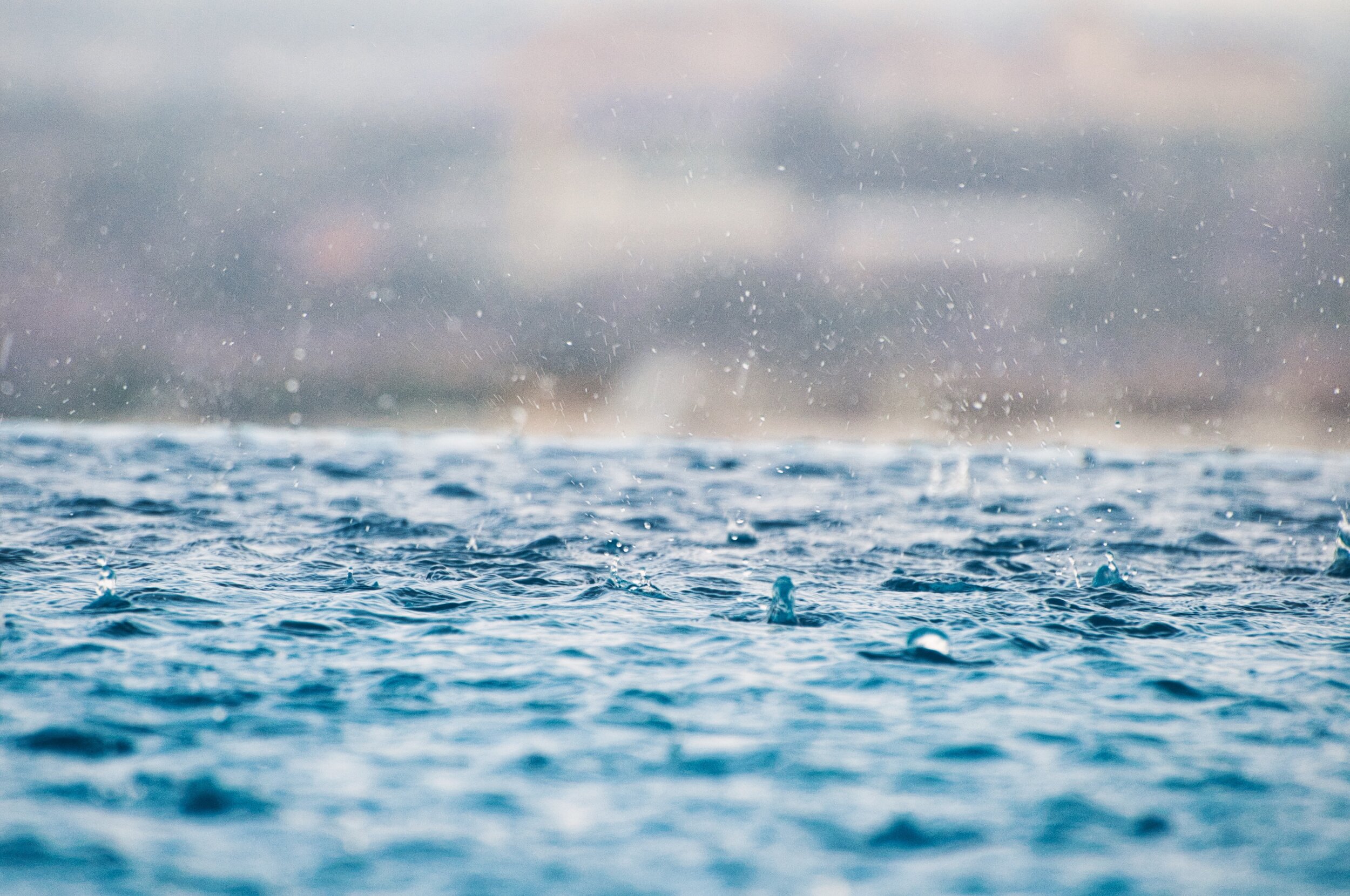
Rainwater Harvesting and Treatment
Water resources will become more scarce as the population grows.
We create systems and methods to minimize water consumption at all levels, while continuously innovating to design new engineering methodologies of water reuse.
Stormwater harvesting will reduce contaminated runoff to sensitive waters, promote groundwater recharge, and supplement other non-potable water applications.
Urbanwater Harvesting
Design and installation of symbiotically integrated rainwater harvesting systems for the urban environment across commercial, industrial, healthcare and residential applications.
Ultraviolet Disinfection
Ultraviolet disinfection of water is a chemical-free process. Parasites are extremely resistant to chemical disinfectants, are efficiently reduced. UV can also be used to remove chlorine and chloramine species from water via photolysis.

The 4 Sources of Water Harvesting
Roof Top Concrete Slab
This is the best source of water as our buildings are mostly high rise and most buildings’ roof tops are not accessible by the public and hence the water collected from these roofs are usually very clean.
Roof Garden Hardscape
This is also a great source, even though it is accessible by public. One point to take note is that in order to maintain a good water source, this area should not be near heavy recreation areas such as BBQ pits or the swimming pool where chemical can get into the collected water. Caution must also be taken not to let the landscape runoff drain to the same down pipes which lead to the harvesting tank. No chemical washing should be used for this catchment area. Rainwater should never be collected from the sub-soil pipes of any roof garden, as landscape contractors cannot guarantee a perfect installation of geo-textile and some amount of silt and clay could get into the rain tank.
Vehicular Ways
Vehicular way runoff contains hydro-carbon and petrol chemicals. Due to the limited roof space in most Singapore high rise buildings, the vehicular way has to be taken into consideration as part of the catchment area to collect enough water for reuse, primarily when used for irrigating a large area of landscape. Vehicular way runoff cannot be channelled into the rain tank directly without pre-treatment. Availability of space can introduce pre-treatment elements to a well-designed rain garden. Filtered water is collected at the under-drain of the rain garden and channelled into the rain tank.
Condensate Water
Although this water is not considered as rain, it is a great source of water in Singapore’s humid climate. A large amount of condensate water can be collected from our buildings’ air conditioning. When properly designed, this water source can yield a more consistent source of non-potable water compared to rain, especially during dry season.






